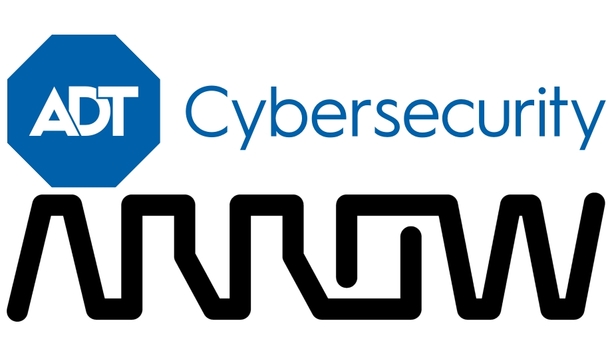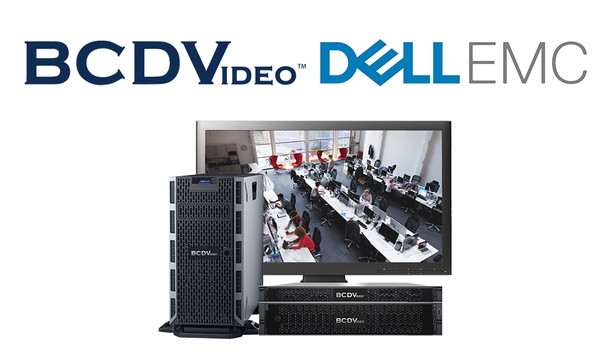The rapid gains technology has made into everyday living has also changed how the security industry operates. In short, systems have moved from being very simple inputs and outputs that turn on bells, to now being always-connected devices making the industry very much part of the IoT world. Of course, this leads to the question - how does physical security protect itself from cyber vulnerabilities? Who protects the protector, so to speak.
This ethos has changed how Vanderbilt think over the last few years when designing and developing their own security systems, in particular SPC. FlexC, the company’s communications protocol, was redesigned from the ground up solely with cybersecurity in mind. The entire protocol has been designed to ensure everything is encrypted, all communications are monitored, and multiple types of attack are considered for defensive purposes to provide the best security possible.
Multiple Lines Of Defense
SPC has built-in protection mechanisms whereby if the system is attacked, it will go into protection mode. The system will remain operational and it will still be able to communicate out, but it will start to shut down elements of itself to protect the system from the attack.
SPC has been designed so that should an attack penetrate, the system has multiple communication paths available as backup
Again, no system is completely invincible. SPC has also been designed so that should an attack penetrate, the system has multiple communication paths available as backup. Therefore, if one server is taken down, the system can immediately switch to a backup server and then switch communication paths to bypass the attack and ensure messages are still operating successfully.
Choosing Equipment With Built-in Cybersecurity
Technology in day-to-day life might be growing at a rapid rate leading to fears of potential security breaches. But one must remember that technology’s growth also means that security defences are developing in parallel. At its core, security is about being continuously observant, always following best practices, and being ready and able to react against a security issue.
Best practices to combat the threat of a cyberattack can be quite straightforward. The most obvious place to start is to choose equipment from reliable suppliers that have a knowledge and interest in cybersecurity and are focused on protecting data. It might sound simple but buying products with a built-in security focus greatly reduces the risk of a cyber attack. When your security system is designed from the ground up to protect against cyberattacks, then naturally your organization will be in a much better place.



















